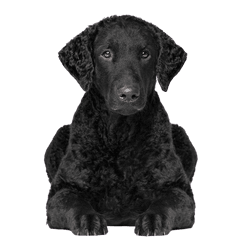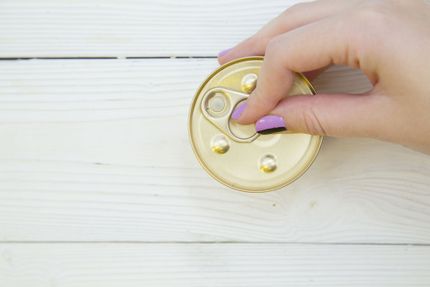
Barbet Breed description: Character & Co
Barbet
Facts & Origin
Barbet - Description of the French dog breed
Descent and origin
The Barbet originates from France and is one of the oldest European water dogs. Its ancestors were probably brought from Africa to Spain and Portugal by Moors in the 6th century and spread from there all over Europe. In Portugal such a water dog (Cão de Água Português) is mentioned in the 14th century. The name Barbet as an official designation does not appear for the first time until the 16th century.
Breed characteristics and temperament
The Barbet is a dog breed recognized by the FCI. It is listed in FCI Group 8 (Retrievers - Water Dogs), Section 3 (Water Dogs), Standard No. 105, Working Dogs. Barbets are friendly, well-balanced and very sociable dogs, which integrate themselves very well into a family. Devoted and loyal to his family members, he is aloof to strangers. The dogs are alert and bark at conspicuities in their territory, but are not yappers.


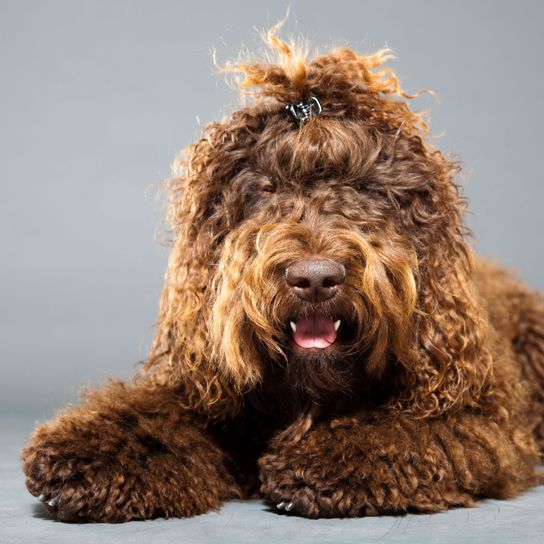
| Alternate Name | - |
| Origin | France |
| Life expectancy | 13 - 15 years |
| Care requirements | low-maintenance |
| Activity level | average |
| FCI group | Water Dogs |
| AKC group | Sporting Group |
| KC group | Gundog Group |
Attitude, character and temperament of the breed
Attitude and education
The attitude of the dogs is problem-free. The Barbet is a friendly family dog and a good play partner for children. However, he wants to be kept busy. The dogs love to swim and fetch. Besides regular walks in nature, dog sports activities are a good option. He also gets along well with conspecifics after getting used to them. The education of these curious, eager to learn dogs is relatively uncomplicated. But since a Barbet recognizes every little inconsistency and immediately takes advantage of it, clear rules and clear gestures are a must. Visiting a dog school so that the dog learns the basics of basic obedience is especially recommended for inexperienced dog owners.
Character
Usage

Health and breeding information
Care and nutrition
The coat should be brushed thoroughly at least once a week to prevent matting. Before the beginning of summer, the dog should be shorn, because it does not tolerate heat well. Furthermore a regular control and cleaning of the ears is advisable, because as a typical water dog the Barbet tends to ear infections. For a healthy diet the magic word is meat. Whether dry or wet food, meat should be the main ingredient in the bowl. Grains and sugar, on the other hand, should be avoided as much as possible. Sufficient drinking water at the free disposal is natural. Dried meat snacks, dog chews or special dental care snacks are also part of a dog-friendly diet and prevent tartar build-up and bad breath.
Health and life expectancy
Possible breed-typical illnesses of this dog breed are:
- Hip dysplasia
- Elbow dysplasia
- Epilepsy
- Entropion
The latter is a malpositioning of the eyelid that can occur in some pedigrees of dogs. However, as with all genetic disorders, reputable breeders select recognized dispositions out of breeding lines. With proper husbandry and care, the breed can reach an average age of 13 to 15 years.
Worth knowing
In Germany the dog is rarely bred. In recent times it has found increasing interest as a family dog, but finding your Barbet will not be easy. The best thing to do is to look for a local breeder who is a member of the French Pointing Dog Club. Then you have also certainty that it is a respectable breeder.
A tip for allergy sufferers: Barbets do not shed much. But this is not a free pass. However, since some allergy sufferers do not react to Barbets, it is advisable to spend some time with the four-legged friends before buying, in order to test whether there is a possibility of an animal hair allergy.


Breed characteristics and appearance
Males have a height at withers of 58-65 cm, bitches 53-61 cm. There is no standard for weight. Coat colours are black, grey, fawn, brown, sand or white, mostly solid, but sometimes pied. The physique of the dogs is compact, the coat curly. Characteristic is the fur beard under the chin and the moustache above.
| Fur length | medium |
| Fur | curly |
| Ear shape | Floppy Ear |
| Tail | lang |
| Anatomy | rugged, sporty |
| Size ♀ | 52 - 62 cm |
| Weight ♀ | 14 - 23 kg |
| Size ♂ | 57 - 66 cm |
| Weight ♂ | 17 - 26 kg |
| Suitable For | suitable for allergy sufferers |
Colors
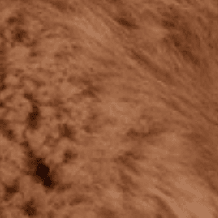
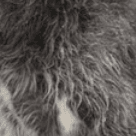



Known Diseases
Elbow dysplasia (ED)
Elbow joint dysplasia is a chronic disease complex of the elbow joint of fast growing dog breeds.
Epilepsy
Definition: Dog has epilepsy if, for example, at least two epileptic seizures occur more than 24 hours apart.
Hip dysplasia (HD)
The hip dysplasia or hip joint dysplasia of the dog (HD) is a maldevelopment of the hip joint.
Other large dogs
Useful Articles
You can find articles that might interest you in the dogbible blog to match your favorite breed.
Visit our magazineto stay up to date on dog trends.
To find out more, view our Privacy Policy
Find here the breed that suits you and find out what character traits it has. Here you can also learn more about the origin, size and weight of your favorite breeds.
Matching your favorite breed, you'll find articles that might interest you on the dogbible dog blog.
Blue Doberman Syndrome - Symptoms, Causes, Diagnosis
Recognize abdominal pain in dogs
What is a clicker and what does it do for dog training?
Designer dogs - These "breeds" are particularly popular and originated from two different breeds




